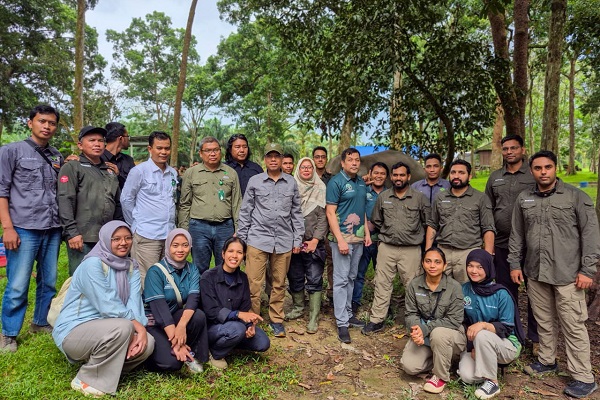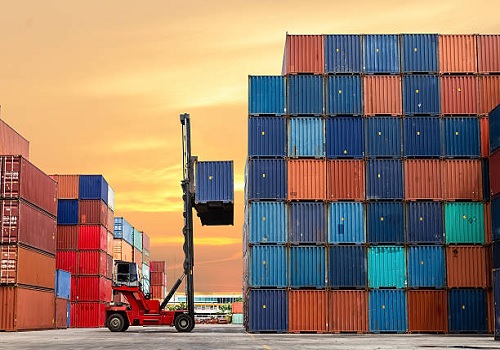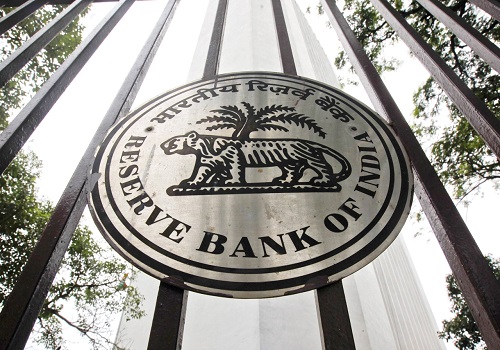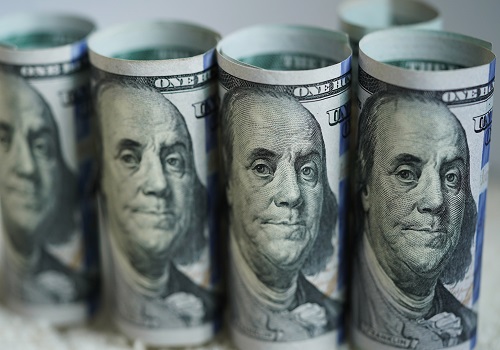Sustainable Fabrics: The Future of Eco-Friendly Fashion
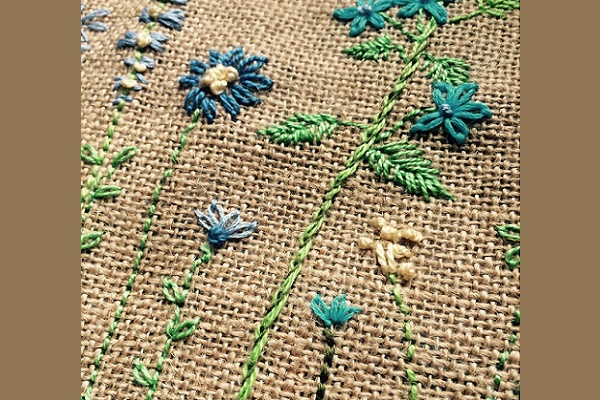
As the fashion industry grapples with its environmental impact, sustainable fabrics have emerged as a beacon of hope for a greener, more responsible future. The global demand for eco-friendly fashion is rising rapidly, driven by increased awareness of climate change, resource depletion, and ethical manufacturing practices. Sustainable fabrics—made from natural, recycled, or innovative materials—are revolutionizing how we create, consume, and think about clothing.
Understanding Sustainable Fabrics
Sustainable fabrics refer to textiles produced with minimal harm to the environment and social systems. These materials often come from renewable resources, use less water and energy in production, and support fair labor practices. Unlike traditional fabrics like conventional cotton or polyester, which can be resource-intensive and polluting, sustainable fabrics offer alternatives that reduce ecological footprints without compromising quality or style.
Some of the most popular sustainable fabrics include organic cotton, hemp, linen, bamboo, Tencel (made from wood pulp), recycled polyester, and even innovative materials derived from mushrooms, algae, or pineapple leaves. Each of these options carries unique benefits in terms of biodegradability, durability, and carbon footprint.
Why Sustainable Fabrics Matter
The fashion industry is one of the world’s largest polluters, responsible for significant greenhouse gas emissions, water consumption, and chemical use. Traditional fabric production often involves pesticides, fertilizers, and toxic dyes that harm ecosystems and workers. Additionally, fast fashion's rapid turnover leads to vast amounts of textile waste ending up in landfills.
Sustainable fabrics address these concerns by promoting responsible resource management and reducing harmful inputs. For example, organic cotton is grown without synthetic pesticides, preserving soil health and biodiversity. Recycled polyester diverts plastic waste from oceans and landfills, giving it a second life in fashionable garments.
Innovations Driving the Movement
Technological advancements are accelerating the adoption of sustainable fabrics. Biofabrication techniques now allow scientists to grow leather alternatives from yeast or produce textiles from cellulose in labs, minimizing land and water use. Companies are experimenting with algae-based dyes that are biodegradable and non-toxic, replacing harsh chemical dyes.
Moreover, circular fashion models promote fabric recycling and upcycling, ensuring garments have extended lifecycles. Some brands offer take-back programs where customers can return old clothes to be transformed into new textiles, reducing the demand for virgin materials.
Challenges and the Path Ahead
Despite progress, challenges remain. Sustainable fabrics can be costlier to produce, limiting their accessibility to mainstream markets. The fashion supply chain is complex, making transparency and traceability difficult. Additionally, consumer education is critical—without awareness, many shoppers default to cheaper, conventional options.
However, the momentum is undeniable. Major fashion houses, emerging brands, and consumers alike are championing sustainability. Governments and organizations are introducing regulations and certifications to ensure ethical sourcing and production.
Conclusion
Sustainable fabrics are more than just a trend—they represent a paradigm shift towards a fashion industry that values the planet and its people. By choosing eco-friendly textiles, designers and consumers can help reduce pollution, conserve resources, and promote social equity. As innovation continues and awareness grows, sustainable fabrics are set to become the foundation of fashion’s future, proving that style and responsibility can go hand in hand.

